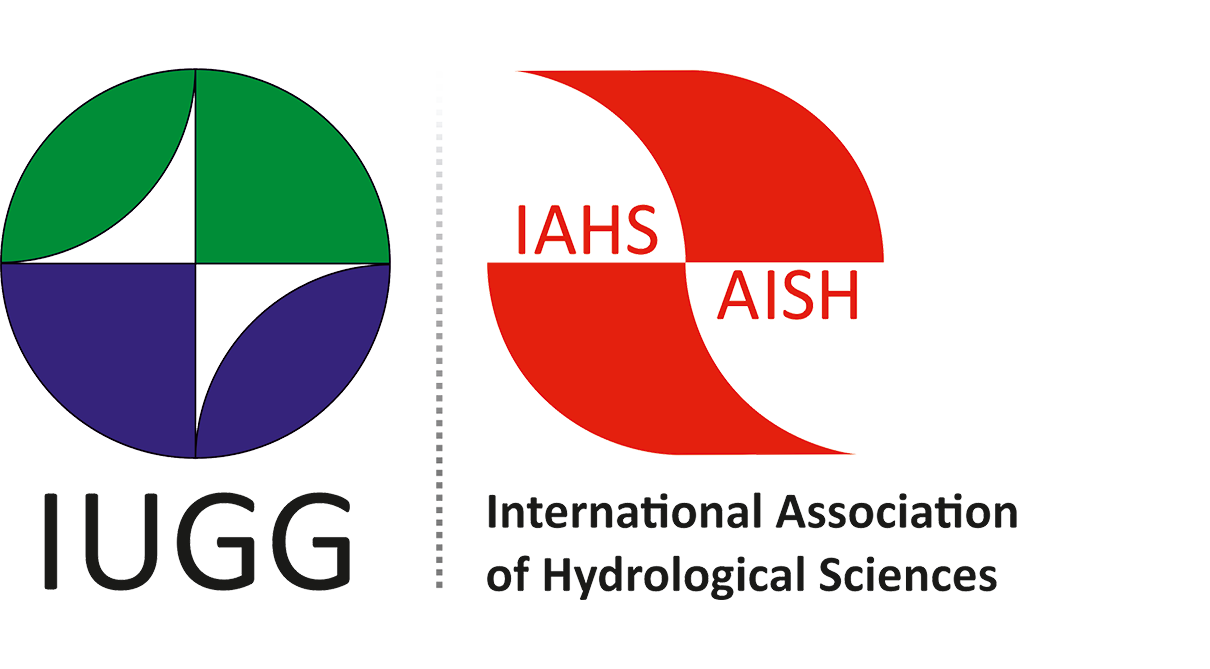IAHS News
Cold- and mountain region hydrological systems
Cold- and mountain region hydrological systems under climate change: towards improved projections
Gothenburg symposium H02 was organized by the International Commission for Snow and Ice Hydrology (ICSIH) together with the International Commission on the Coupled Land-Atmosphere System (ICCLAS). It addressed major issues both in modelling cold- and mountain regions hydrological processes and in adapting these models to changing climatic conditions.
Among the issues related to hydrological modelling, deepening the process understanding and physical foundation of models, adapting models to new data sources, and PUB-related issues were addressed. Among the issues related to model adaptability, problems of model parameterization, calibration and validation taking into account changing climate conditions, and the demonstration of a model’s readiness for use in cold environmental conditions were examined. The symposium also brought together experimental and modelling experts to discuss a broad range of issues related to understanding specific features of cold hydrological systems which are responsible for their visible sensitivity to climate change. A total of 36 abstracts were received for H02. From these, 21 contributions from colleagues in 12 countries of five continents were presented at four oral sessions. Alexander Gelfan, Daqing Yang and Harald Kunstmann served as chairpersons of these sessions.
Alexander Gelfan began the symposium with a minute of silence to mark the memory of Dr Andrei Shmakin – a talented scientist and invited speaker to the symposium – who passed away shortly before the Gothenburg assembly, at the age of 52.
The contributed oral presentations were grouped into three sessions: (1) Mountain Hydrological Systems under Changes; (2) Lowland Cold Regions: Changes in River Flow; (3) Changes in Cryo- and Eco-Systems. They demonstrated new research results obtained from both experimental and modelling studies of river basins, snow cover, permafrost, glaciers, ecosystems, etc., in regions located in very different physiographic and climatic conditions, from the Andes to the Siberian tundra. Collectively, these studies provide opportunities to reveal physical mechanisms that control hydrological responses to climate change, to understand sources and magnitude of uncertainties, and to improve projections of these responses under different geographical conditions and at various time scales. It is hoped that this symposium will be a step toward in this improvement.
The symposium proceedings book, edited by A. Gelfan, D. Yang, H. Kunstmann, and E. Gusev is published in the IAHS Red Rook series (IAHS Publ. 360). It consists of 25 papers, most of which were presented during the symposium.
Alexander Gelfan, Lead symposium convener
